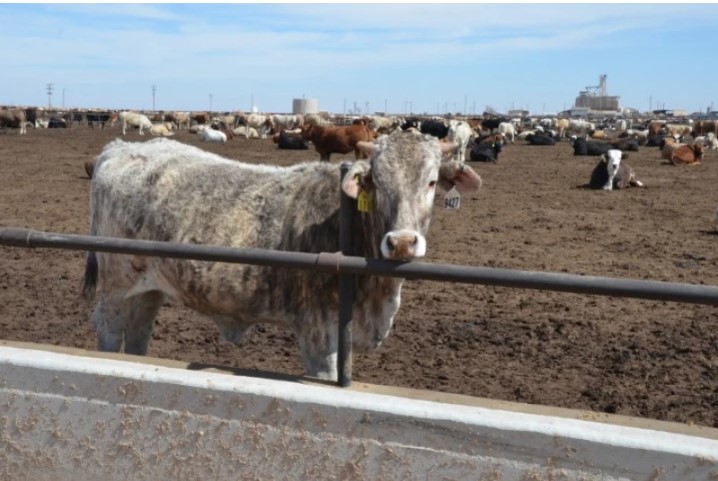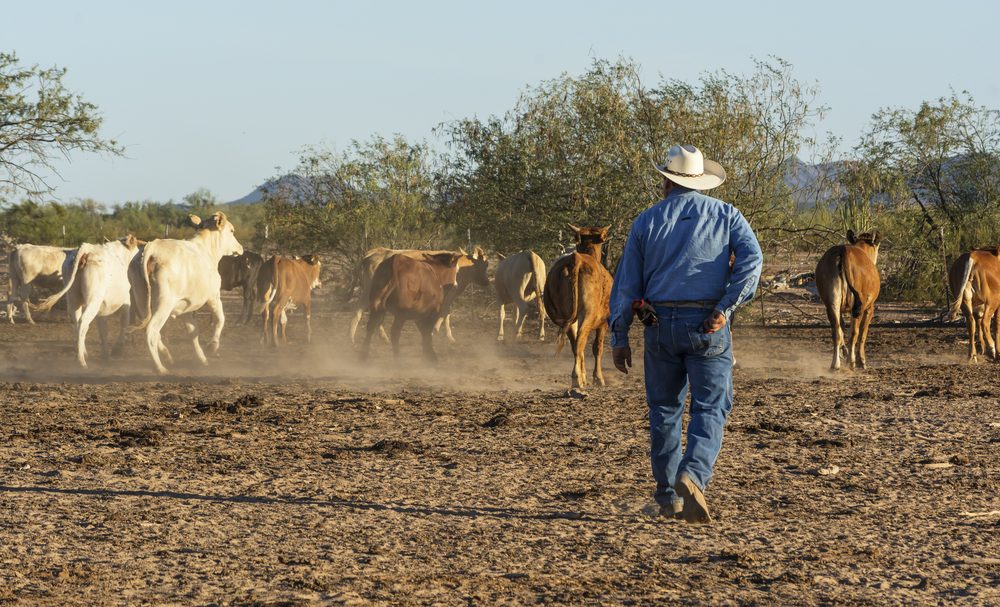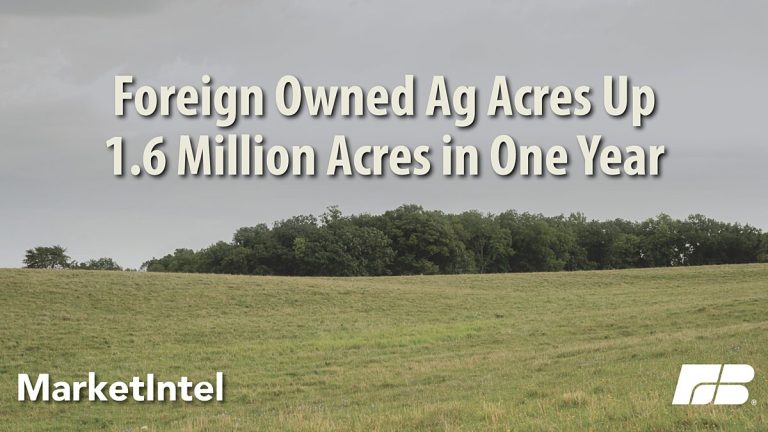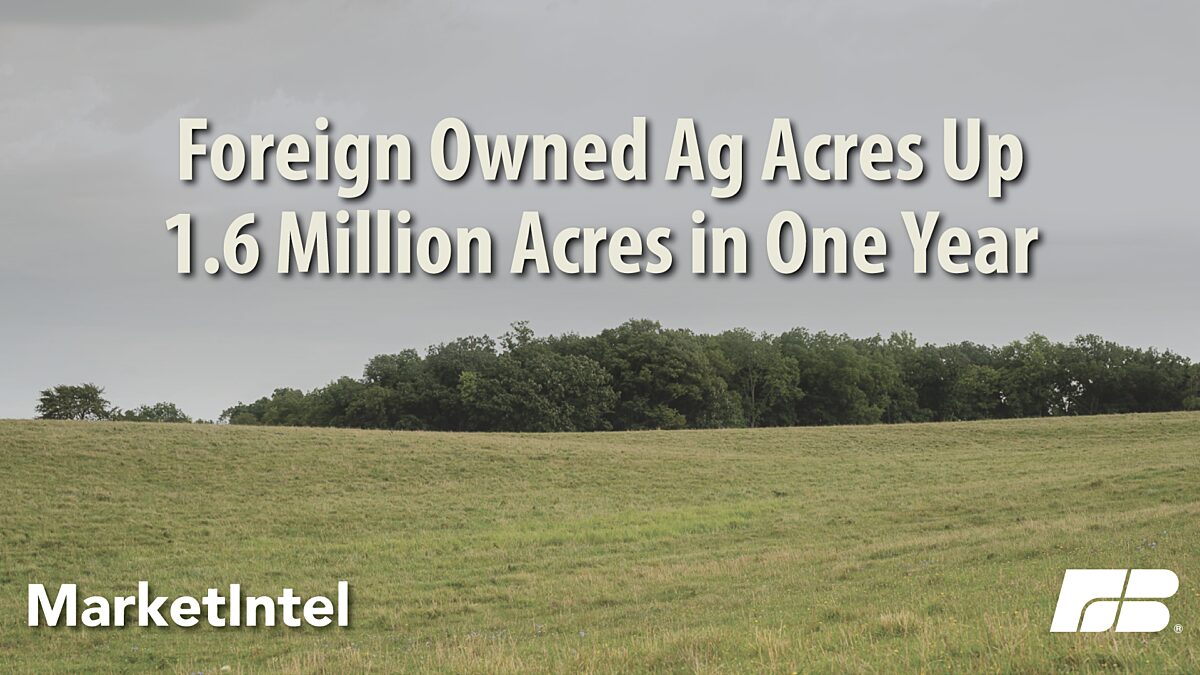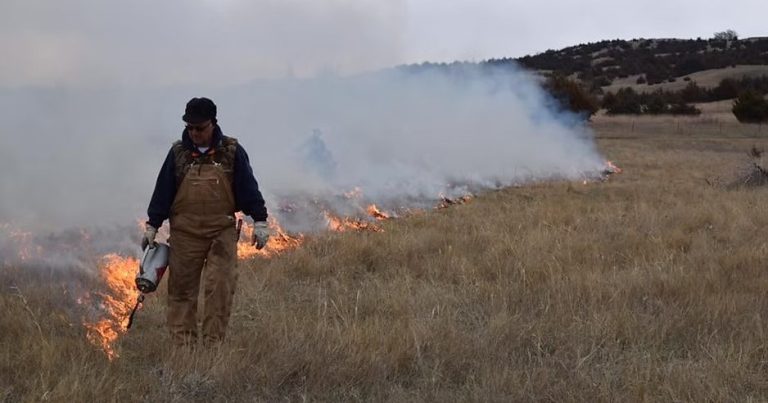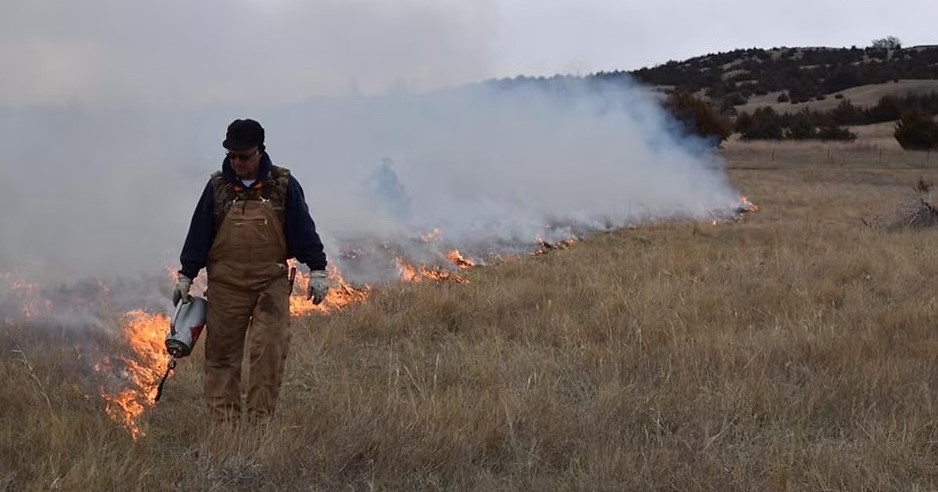STURGIS, S.D. – Is the temporary suspension of cattle imports from Mexico having a ripple effect on the U.S. livestock industry?
That’s the big question on people’s minds.
The Nov. 22, 2024, announcement that New World screwworm was detected in southern Mexico resulted in the temporary suspension of live cattle imports from Mexico. But for how long?
All along the beef chain in the U.S., some may be wishing for a long time – depending on which side of the buy/sell window they’re on and what segment of the industry they’re in.
In the days following the announcement, feeder cattle futures markets increased by as much as $4 per cwt. Calf and feeder cattle prices have jumped higher over the last few weeks. Lighter weight, 400-500 pound, calf prices have jumped about $30 per cwt in the Southern Plains over the last month. Heavier 500-600 pound steers are up around $20 per cwt and 700-800 pound feeders are up about $80 per cwt over the same period in the Southern Plains.
The weekly USDA Livestock Auction Report shows markets in the Northern Plains reporting significant prices increases compared to two weeks ago.
It also appears that fewer calves are hitting markets cutting into available supplies. Over the last months, fewer cattle have been reported in USDA’s weekly market receipts data, the daily CME feeder cattle index, and in local markets around the country. This follows some larger runs earlier in the season.
The USDA indicated the border was expected to be closed at least three weeks from the Nov. 22 announcement. Protocols are being developed for a partial border reopening (New Mexico and Arizona ports) that will include a pre-export inspection of all cattle, treatment for insects and a seven-day quarantine, followed by the usual border inspection and crossing process.
According to Derrell Peel, Oklahoma State University Extension livestock marketing specialist, he thinks few, if any, additional Mexican cattle will be imported in 2024.
Imports of Mexican cattle were up 21.3% year over year for the first nine months of the year. The pace suggested that total annual imports could be about 1.5 million head. Most of the increase was due to additional spayed heifer imports, up 87.2% year over year and accounting for 35% of total cattle imports.
November and December typically account for roughly 22% of annual imports. Assuming there are no imports for the last week of November and all of December and given the pace of imports thus far in the year, it is likely, according to Peel, that annual imports will be reduced by 200,000 – 250,000 head from the probable total before the screwworm announcement.
The lack of Mexican cattle imports for the remainder of the year will have some immediate impact reducing an already tight feeder supply. However, he notes, some of the feedlot impact is not immediate because a portion of the imported Mexican cattle are lightweight and typically go through stocker/backgrounding programs before feedlot placement. In the January–September period this year about 24% of the imported cattle were less than 200 kilograms (441 pounds).
It’s important to remember that most of the cattle not imported for the remainder of the year will enter the U.S. eventually…just with a delay. Peel says as long as the current situation does not drag out excessively or result in some permanent changes in import regulations, the primary feeder cattle market impact will be a change in timing with a short-term tightening of supply and the delayed cattle arriving in the coming weeks/months.
Meanwhile, an extension beef specialist says the U.S. may need to consider other trading partners to fill the void left by the temporary suspension of live cattle imports from Mexico.
In an interview with Browfield Ag News, Charley Martinez with the University of Tennessee says the U.S. may need to look to the North. “We have Canada,” he says. “That might be a spot where we actually go find some more cattle out of Canada in order to bring into the US.”
He tells Brownfield it remains to be seen if Canada could meet the needs of U.S. operators. “That’s going to be kind of dependent upon the availability of cattle and the cattle supplies in Canada,” he says. “But also, the markets in those regions. Could they get them in here? Can they get through APHIS and all the inspections? We could offset some of that loss in Mexico with gains or increased imports from Canada.”
Martinez says about five percent of the feedlot supply comes from or through Mexico. He doesn’t expect an immediate impact on retail prices, but if the suspension lasts several months, it will likely push them higher for consumers.
But David Anderson, a livestock marketing specialist at Texas A&M, says on balance, rain (too much or too little) and inventory supplies are some fundamental factors at work in boosting calf prices. “Even tighter supplies will continue to boost calf prices in the new year,” he says.
